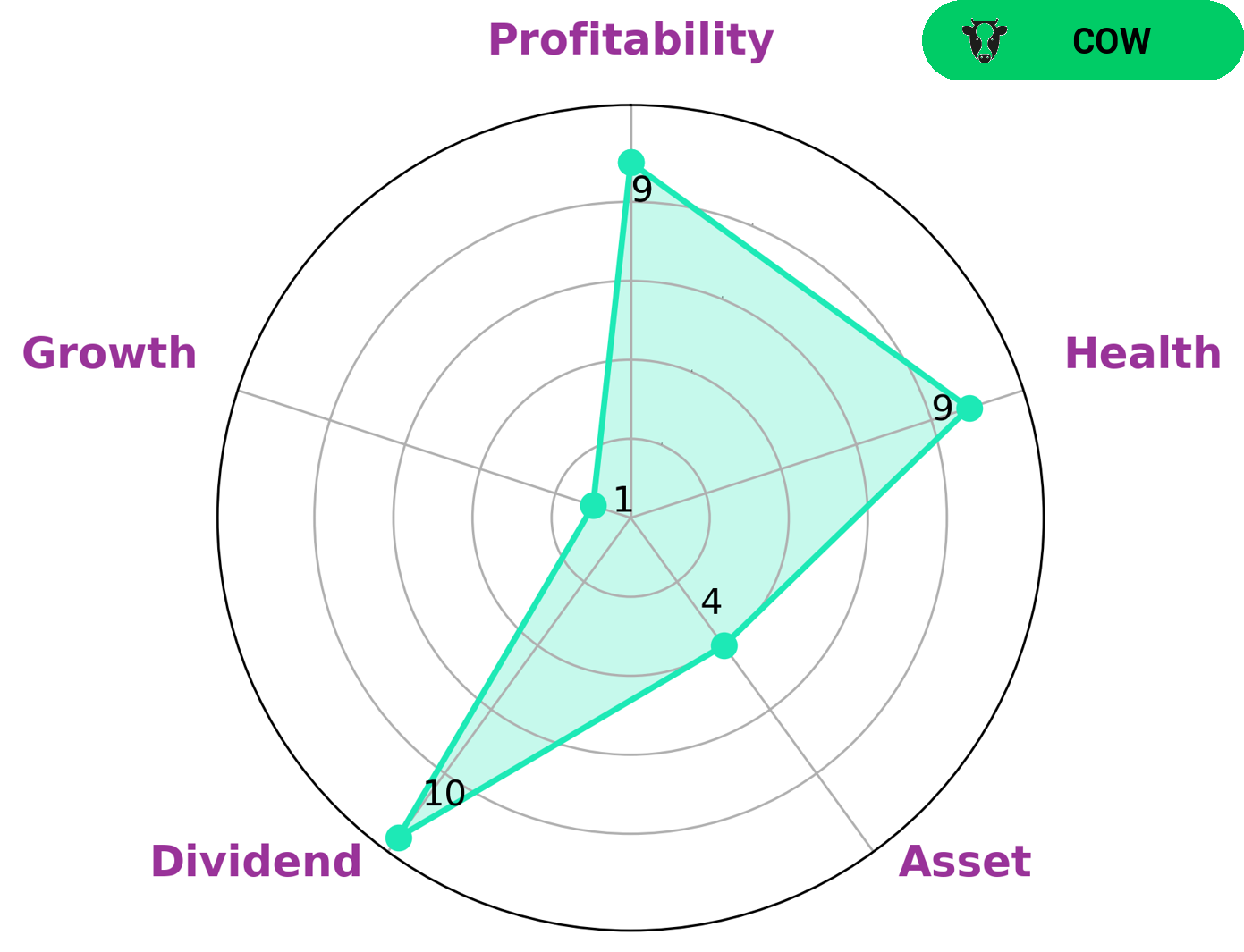Johnson & Johnson: Ben Graham’s Approach to Defensive Stocks
December 17, 2023

🌥️Trending News
Johnson & Johnson ($NYSE:JNJ) is a healthcare giant that has been on the forefront of innovation for more than a century. The company’s stock has been a core holding in many investor portfolios for decades, with its defensive nature making it an attractive long-term play. This was especially true for legendary investor Ben Graham, who championed the idea of investing in defensive stocks such as J&J to shield investors from downturns. Graham, who is considered the father of modern portfolio theory, developed his defensive stock strategy based on minimizing risk while still reaping rewards. He believed that investing in a wide array of stable companies with high dividend yields was the key to success.
This is why Johnson & Johnson was one of his favorite stocks, as it offered low volatility and a high dividend yield. In addition to its defensive characteristics, Johnson & Johnson’s diversified business model has allowed the company to remain successful throughout market cycles. With its presence in pharmaceuticals, consumer health care products, and medical devices, J&J has shown resilience and has consistently delivered positive results over the years. This is why it remains one of the most popular defensive stocks for investors today.
Market Price
Wednesday marked a slight increase for JOHNSON & JOHNSON’s stock, which opened at $151.3 and closed at $152.1, representing a 0.3% jump from the previous day’s closing price of 151.6. This rise in share price is indicative of Ben Graham’s approach to defensive stocks – stocks that have a low risk and provide dividends and stable returns. Investing in defensive stocks allows investors to minimize their risk and seek steady returns over time. Live Quote…
About the Company
Income Snapshot
Below shows the total revenue, net income and net margin for JNJ. More…
| Total Revenues | Net Income | Net Margin |
| 98.66k | 34.62k | 13.3% |
Cash Flow Snapshot
Below shows the cash from operations, investing and financing for JNJ. More…
| Operations | Investing | Financing |
| 23.42k | -6.19k | -18.02k |
Balance Sheet Snapshot
Below shows the total assets, liabilities and book value per share for JNJ. More…
| Total Assets | Total Liabilities | Book Value Per Share |
| 179.23k | 108.96k | 29.19 |
Key Ratios Snapshot
Some of the financial key ratios for JNJ are shown below. More…
| 3Y Rev Growth | 3Y Operating Profit Growth | Operating Margin |
| 6.9% | 7.9% | 24.4% |
| FCF Margin | ROE | ROA |
| 24.3% | 21.4% | 8.4% |
Analysis
At GoodWhale, we analyzed the financials of JOHNSON & JOHNSON with our advanced analytics tools. Our Star Chart showed that JOHNSON & JOHNSON is strong in dividend, profitability, and medium in asset. However, it is weak in growth. Based on this analysis, we classified JOHNSON & JOHNSON as a ‘cow’, a type of company that has a track record of paying out consistent and sustainable dividends. This type of company would likely be attractive to investors who are looking for stable dividend income and/or capital appreciation over time. Furthermore, JOHNSON & JOHNSON has a high health score of 9/10 considering its cashflows and debt, making it well-positioned to sustain future operations even in times of crisis. Therefore, JOHNSON & JOHNSON is an ideal candidate for investors looking for long-term dividend income with a stable return. More…

Peers
The competition between Johnson & Johnson and its competitors is fierce. AstraZeneca PLC, Pfizer Inc, and BioNTech SE are all major players in the pharmaceutical industry, and they are all vying for a piece of the pie. Johnson & Johnson is a well-established company with a long history of success, but its competitors are not to be underestimated. They are all large, well-funded companies with a lot to lose if they don’t win the competition.
– AstraZeneca PLC ($LSE:AZN)
AstraZeneca PLC is a biopharmaceutical company with a market cap of 152.13B as of 2022. The company focuses on the discovery, development, and commercialization of small molecule drugs in the areas of oncology, cardiovascular, and renal & metabolism. The company’s ROE for the year ended December 31, 2020 was -0.94%.
– Pfizer Inc ($NYSE:PFE)
Pfizer Inc is a pharmaceutical company with a market cap of 240.55B as of 2022. The company has a return on equity of 24.63%. Pfizer Inc is a research-based, global pharmaceutical company that discovers, develops, manufactures, and markets medicines for humans and animals. The company’s products include prescription and over-the-counter medicines, vaccines, and biologic therapies.
– BioNTech SE ($NASDAQ:BNTX)
BioNTech SE is a German biotech company founded in 2008 that focuses on the development of Innovation therapies against cancer and other serious diseases. The company has a market cap of 32.91B as of 2022 and a Return on Equity of 71.82%. BioNTech’s mission is to revolutionize the treatment of cancer and other serious diseases by leveraging the power of the immune system. The company is developing a portfolio of immunotherapy products based on its proprietary mRNA technology platform.
Summary
Johnson & Johnson is a large, diversified health care company renowned for its superior stock performance. Investors looking for wealth-building investments in Johnson & Johnson should focus on analyzing the fundamentals of the company, including financial statements, industry trends, and competitive advantages. Ben Graham’s approach to investing in Johnson & Johnson stresses the importance of diversification and a margin of safety when investing. To assess the company’s long-term financial health, investors should analyze the balance sheet, cash flow, and income statement.
Defensive stocks investment strategies for Johnson & Johnson involve assessing whether or not the company can still generate profits in a down market. This requires close examination of the company’s financials, as well as an understanding of the competitive advantages. Finally, investors may also consider an ESG (Environmental Social Governance) approach when analyzing the company’s long-term potential.
Recent Posts














